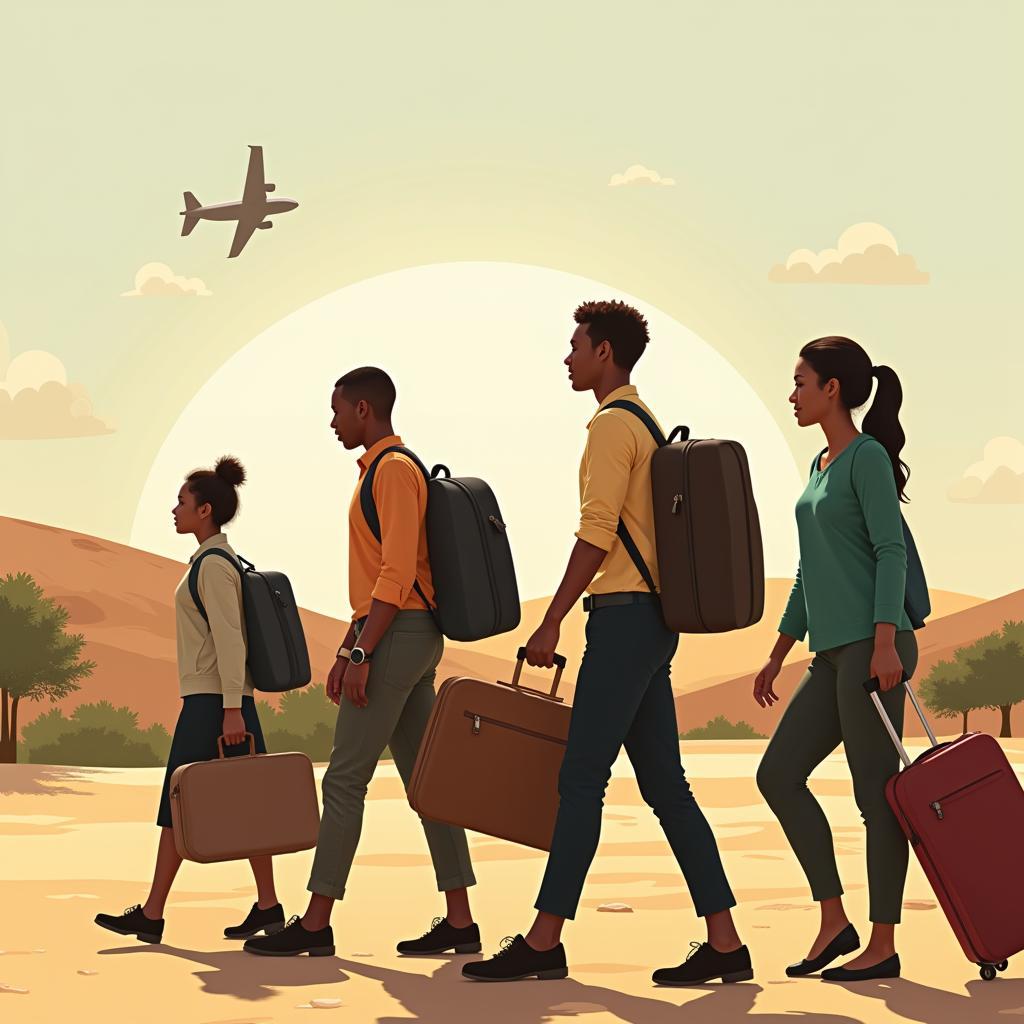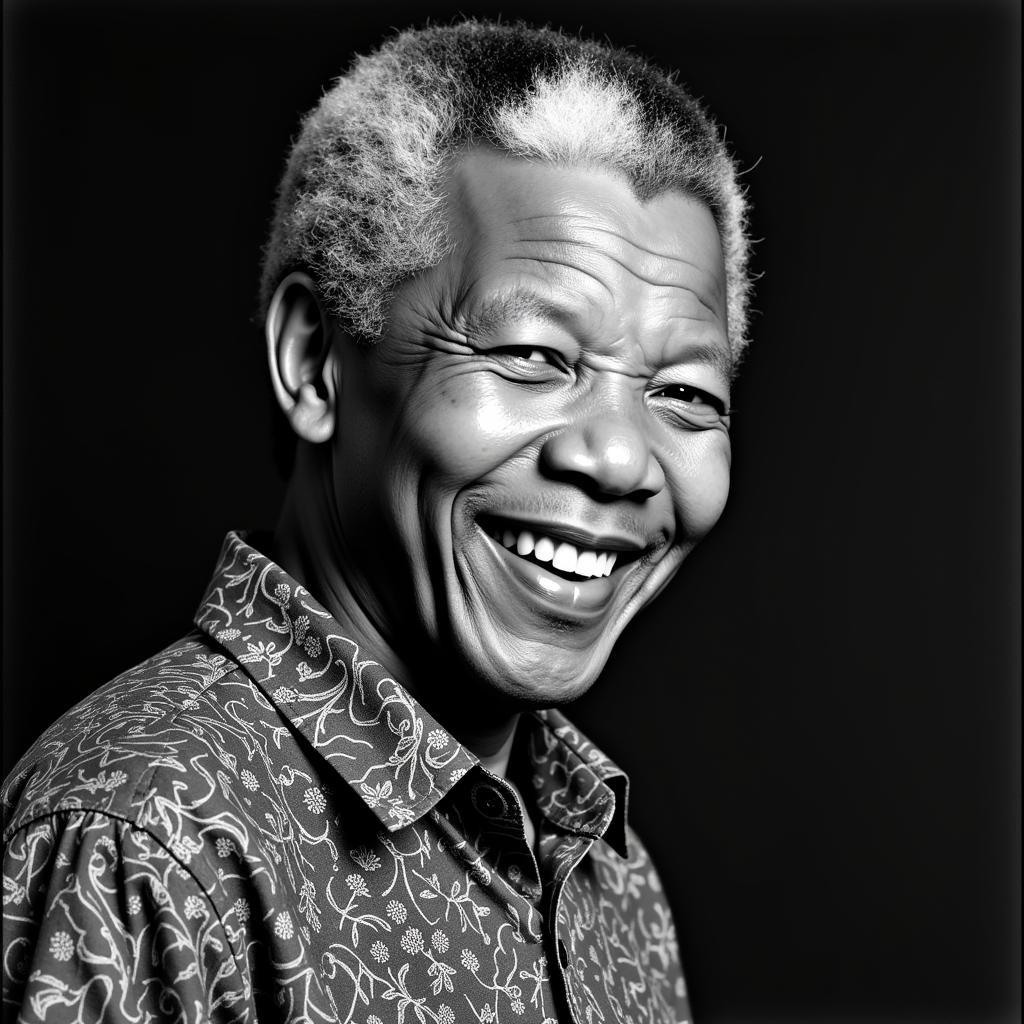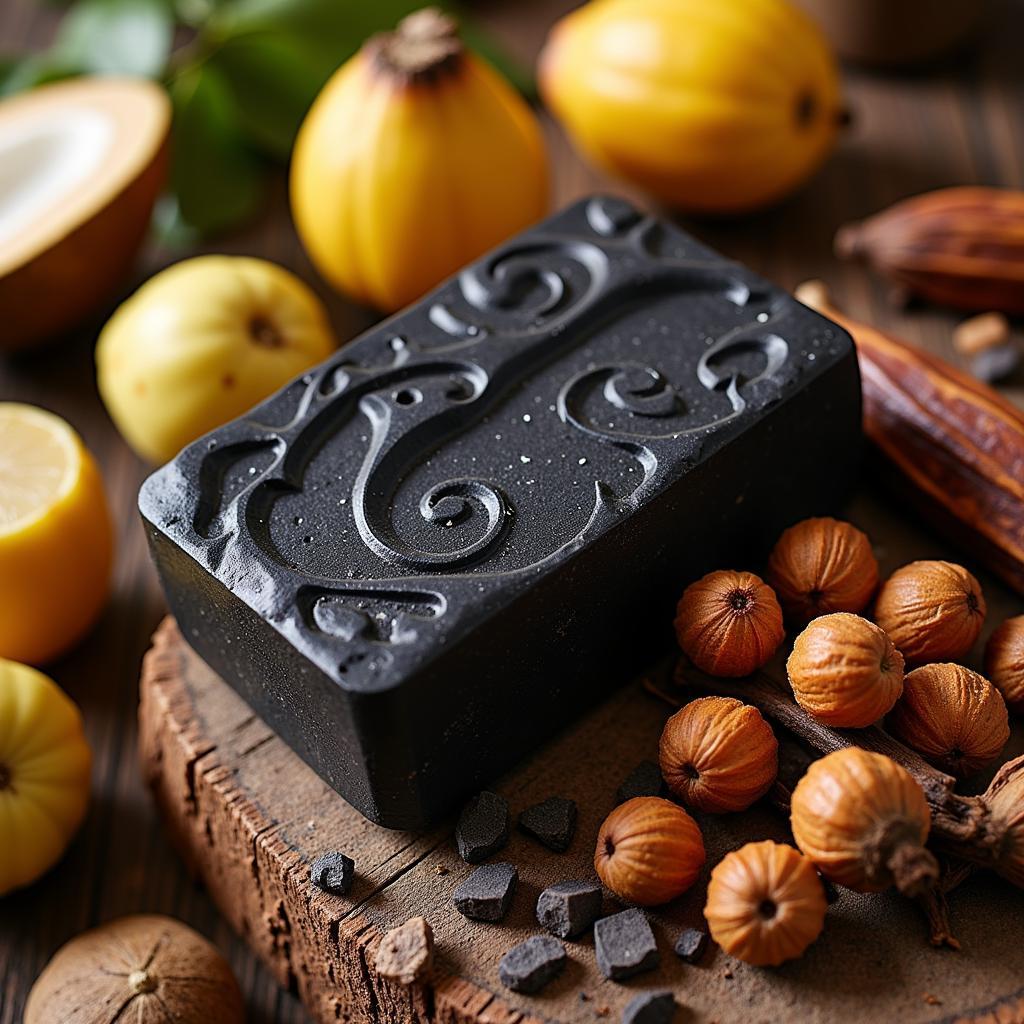Engaging African Art Ideas for Primary School
African art offers a vibrant and diverse tapestry of creative expression, making it a perfect subject for primary school exploration. From colorful masks and intricate textiles to rhythmic drumming and storytelling, African art provides endless opportunities for exciting and educational activities. This article delves into a plethora of African Art Ideas For Primary School, providing inspiration for teachers to foster creativity and cultural understanding in their classrooms.
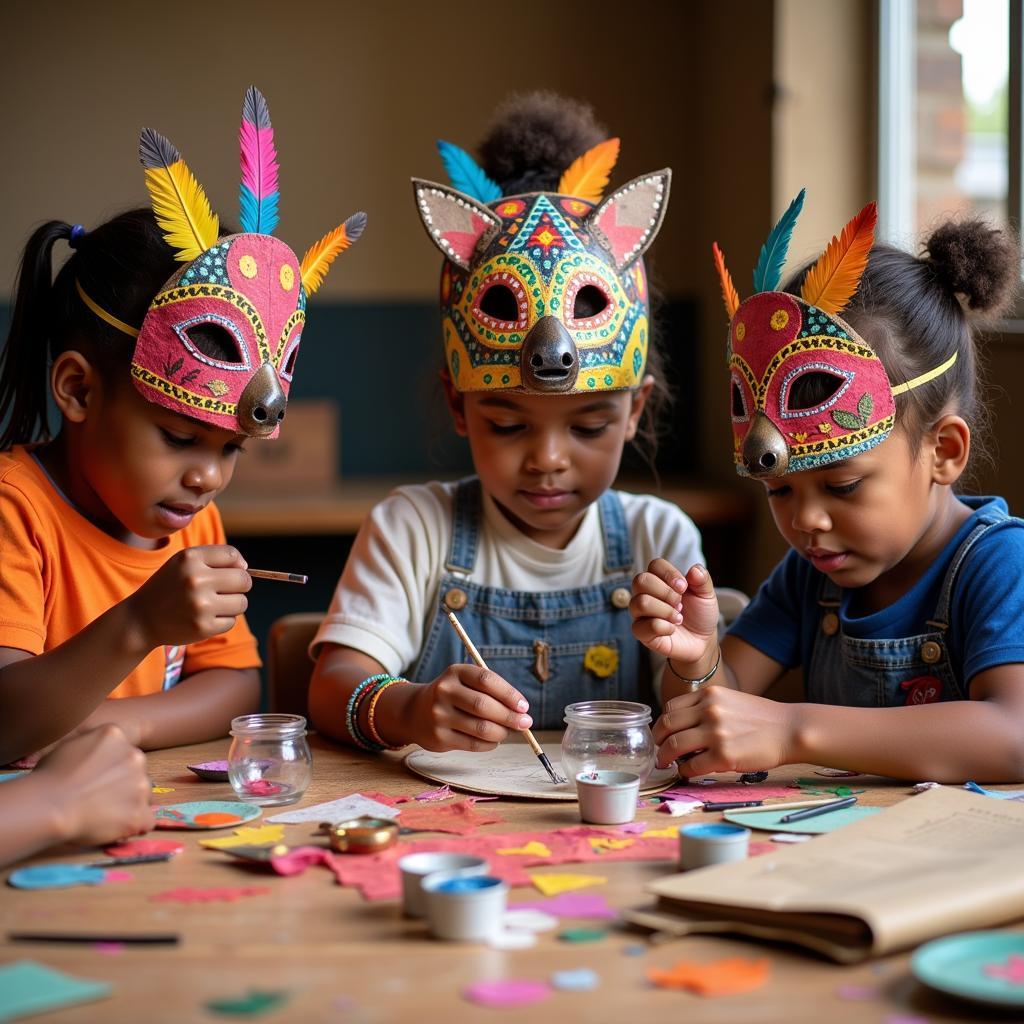 Children making African masks in a primary school art class
Children making African masks in a primary school art class
Exploring the Richness of African Masks
African masks hold a significant place in many cultures, representing spirits, ancestors, or animals. They are often used in ceremonies, dances, and storytelling. Introducing primary school children to the art of mask making can be a captivating experience. Using simple materials like cardboard, paper plates, paint, and feathers, children can create their own unique masks inspired by different African cultures. Researching the meanings and symbolism behind various mask designs can further enhance the learning experience. Check out the african american homeschool network for additional resources on incorporating diverse cultural arts into education.
What Materials are Needed for Mask Making?
Simple materials are all that’s needed to create beautiful masks:
- Cardboard or paper plates
- Paint
- Feathers
- Beads
- String or elastic
- Glue
- Scissors
Discovering the Beauty of African Textiles
African textiles are renowned for their vibrant colors, intricate patterns, and symbolic designs. From Kente cloth from Ghana to Mudcloth from Mali, each textile tells a story and reflects the unique culture of its origin. Primary school students can explore the world of African textiles by creating their own patterned fabrics using techniques like stamping, block printing, or tie-dye.
How Can I Teach Textile Design to Young Learners?
Introduce young learners to the world of textile design through simplified methods:
- Stamping: Use carved potatoes or sponges dipped in paint to create repeated patterns.
- Block Printing: Carve simple designs into blocks of wood or linoleum and print them onto fabric.
- Tie-Dye: Explore the magic of tie-dye by twisting and tying fabric before dyeing it to create unique patterns.
The Power of African Music and Dance
African music and dance are integral parts of many cultures, expressing emotions, celebrating life events, and passing down traditions. Introduce primary school children to the rhythmic world of African drumming and dance. Learning basic drumming patterns on djembes or other percussion instruments can be an engaging and energizing activity. Exploring different African dance styles can further enhance their understanding of African culture.
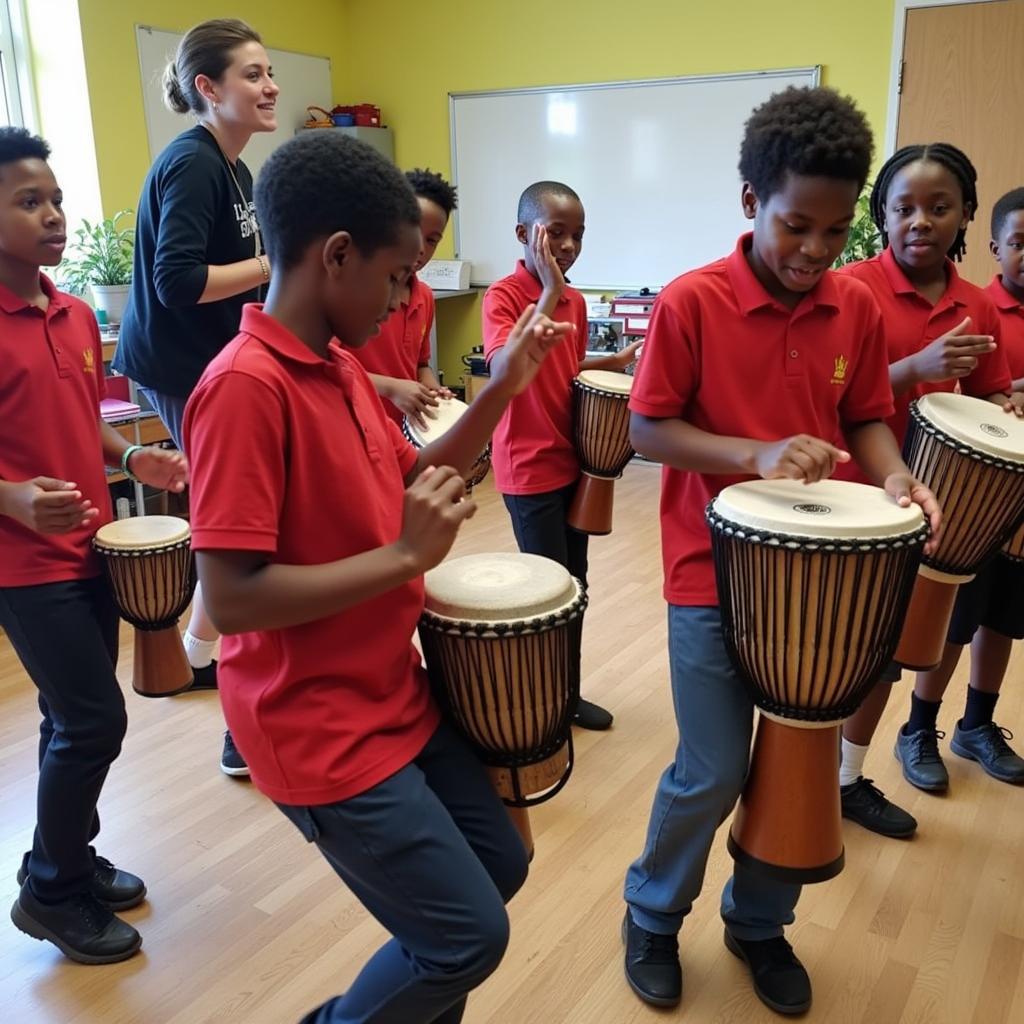 Primary school children participating in an African drumming and dance workshop.
Primary school children participating in an African drumming and dance workshop.
Which African Instruments are Suitable for Primary School?
Djembes, shakers, and rattles are all excellent choices for introducing African rhythms to young children.
Conclusion: Bringing African Art to Life in the Classroom
African art ideas for primary school offer a wealth of opportunities to engage young minds and foster a deeper appreciation for diverse cultures. By exploring the vibrant world of African masks, textiles, music, and dance, primary school children can develop their creativity, expand their cultural horizons, and gain a greater understanding of the world around them. Integrating African art into the curriculum can be a transformative experience, empowering students to connect with different cultures and appreciate the power of artistic expression. Consider the resources available through the african american studies pacing guide for further educational opportunities.
FAQ
- What are some easy African art projects for primary school?
- How can I incorporate African art into other subjects like history or geography?
- Where can I find resources for teaching African art in primary school?
- How can I make African art projects inclusive for all students?
- What are some common misconceptions about African art that I should address with my students?
- How can I assess student learning in African art projects?
- What are some ways to connect African art projects to real-world issues?
Are there any other aspects of African art that you’d like to explore? You might be interested in learning about african countries which speak english.
When you need assistance, please contact us via Phone: +255768904061, Email: [email protected] or visit us at Mbarali DC Mawindi, Kangaga, Tanzania. Our customer service team is available 24/7.
